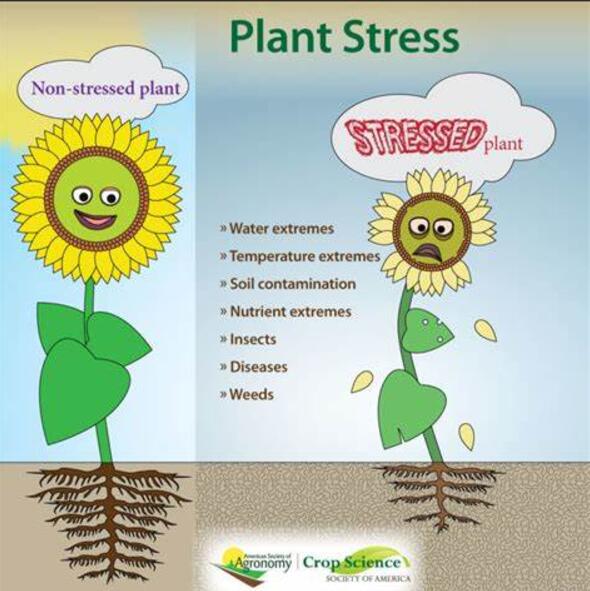Non-invasive and early detection of tomato spotted wilt virus infection in tomato plants using a hand-held Raman spectrometer and machine learning modelling
IF 6.8
Q1 PLANT SCIENCES
引用次数: 0
Abstract
Tomato spotted wilt virus (TSWV) is a polyphagous thrips-transmitted pathogen inducing significant economic losses in agriculture, particularly on tomato plants. The leading management and containment strategies to fight TSWV infection rely on growing resistant cultivars and spraying insecticides for thrips control. Therefore, its early detection is fundamental in sustainable crop management. Aim of the present work is to reveal TSWV infection using a hand-held Raman instrument and Machine Learning (ML) approaches. Artificially inoculated tomato plants were scored for symptom development for one month, while Raman spectra were collected 3 and 7 days after virus inoculation. After preliminary spectral pre-processing, a filter method based on Partial Least Squares Discriminant Analysis (PLS-DA) coefficients was applied to remove redundant and irrelevant variables. The resulting condensed dataset was checked with multivariate exploratory methods and exploited to build multiple PLS-DA models, using different random splitting of the samples between training and test sets. By interpreting the classification metrics, Raman spectroscopy coupled with ML techniques allowed us to discriminate infected from healthy tomato plants within the first 3–7 days after inoculation, with average accuracy of 90–95 % in validation. The model was also validated on two different sets of susceptible and resistant plants, achieving average accuracy higher than 85 %. Early detection of TSWV infection well before visual symptom occurrence represents an important advantage in a sustainable agricultural system. Notably, the use of a portable Raman spectrometer, much less expensive and cumbersome than benchtop instruments, allows the direct in-field execution of these diagnostic measurements.
求助全文
约1分钟内获得全文
求助全文
来源期刊

Plant Stress
PLANT SCIENCES-
CiteScore
5.20
自引率
8.00%
发文量
76
审稿时长
63 days
期刊介绍:
The journal Plant Stress deals with plant (or other photoautotrophs, such as algae, cyanobacteria and lichens) responses to abiotic and biotic stress factors that can result in limited growth and productivity. Such responses can be analyzed and described at a physiological, biochemical and molecular level. Experimental approaches/technologies aiming to improve growth and productivity with a potential for downstream validation under stress conditions will also be considered. Both fundamental and applied research manuscripts are welcome, provided that clear mechanistic hypotheses are made and descriptive approaches are avoided. In addition, high-quality review articles will also be considered, provided they follow a critical approach and stimulate thought for future research avenues.
Plant Stress welcomes high-quality manuscripts related (but not limited) to interactions between plants and:
Lack of water (drought) and excess (flooding),
Salinity stress,
Elevated temperature and/or low temperature (chilling and freezing),
Hypoxia and/or anoxia,
Mineral nutrient excess and/or deficiency,
Heavy metals and/or metalloids,
Plant priming (chemical, biological, physiological, nanomaterial, biostimulant) approaches for improved stress protection,
Viral, phytoplasma, bacterial and fungal plant-pathogen interactions.
The journal welcomes basic and applied research articles, as well as review articles and short communications. All submitted manuscripts will be subject to a thorough peer-reviewing process.
 求助内容:
求助内容: 应助结果提醒方式:
应助结果提醒方式:


